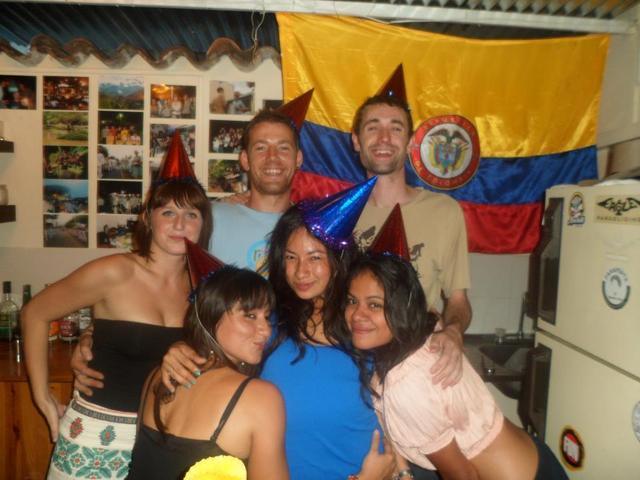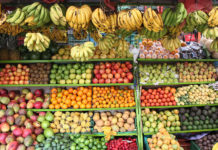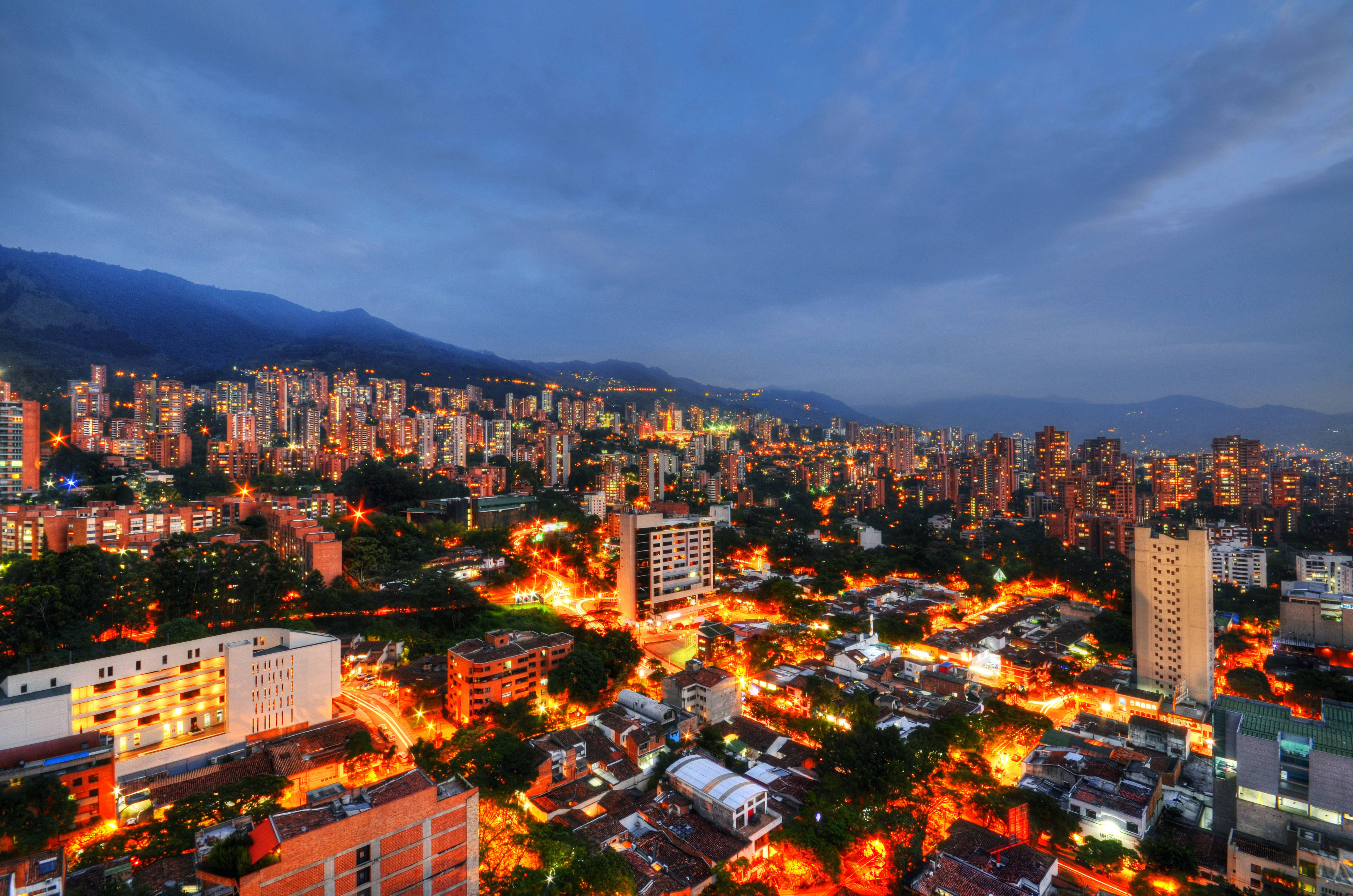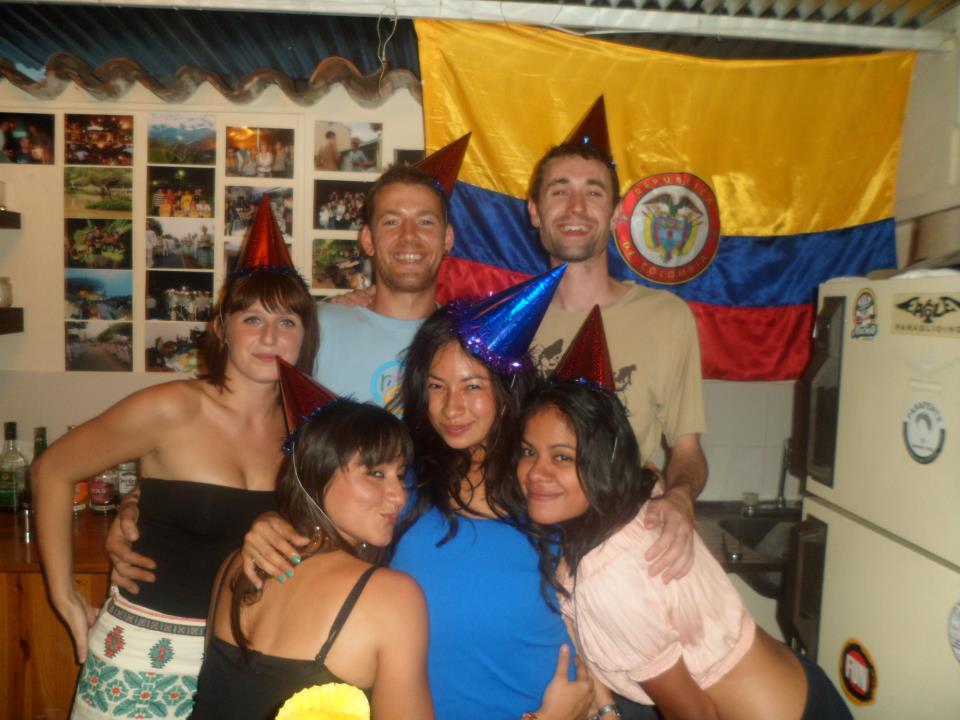
Writer’s note: This is Part 1 of a two-part story.
BUCARAMANGA — You didn’t think that dinner at Puerto Inka was going to be it, did you? If you did, you haven’t learned much about me this past year. What kind of travel writer would I be if, on an occasion such as my birthday, I didn’t, well, travel? Not a very good one.
Truth be told, I hate celebrating my birthday, especially a random, crooked number like 33. But it’s my first time having a birthday in Colombia so that makes it special, right? Just agree with me. Ok, happy we’re in agreement. Moving on…
I decided on a two-week vacation, a local trip that would start with an urban setting then drift toward excursions through rural locales on the Caribbean coast.
The first stop: my second-favorite city in the country, Bucaramanga, often called Buca by the locals. My friends Tim and Milo, the owners of KasaGuane, the hostel where I had so much fun back in January, were having an anniversary party, four years serving backpackers and travelers.
The first item on the agenda that Milo wrote on the dry-erase board was, “11:01 a.m. —> primera cerveza.” The first of many.
The party included asado (both chicken and steak) and some rumba at the bar they just built in March, then moved to ClubHouse, a discoteca about a block away. I think we got home around 4 or 5 a.m. I know I didn’t wake up until 3 p.m.
Seven hours later, I was on a bus to Santa Marta.
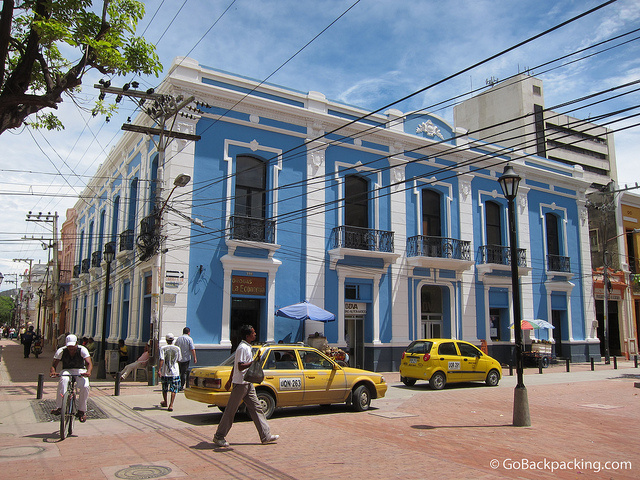
It was my first time there and I didn’t stay long, just long enough to see the beach, soak in centro’s colonial architecture and realize that The Dreamer Hostel is now one of my favorites.
The best beach is Playa Blanca, the same name as the best one in Cartagena. And like Cartagena, Playa Blanca here is a little bit outside the city limits, in Rodadero.
The beach next to downtown Santa Marta is ok, not as nice as Playa Blanca but good enough on a hot day. (If you’re wondering why there are no beach pics, don’t worry, they’re coming in Part 2.)
The best part about downtown is the architecture. It’s a smaller version of Cartagena’s Old Town.
But if you stay at The Dreamer, you might find yourself spending more time there than you expected. With a central courtyard that includes a nice pool, a bar with beer and liquor, and a restaurant with pretty good grub (I had the fajitas), you can’t go wrong.
The staff is friendly, the rooms and bathrooms are clean, the prices reasonable (20,000 pesos per night for a dorm).
I stayed four nights at The Dreamer, only two of them consecutive, each stop a quick rest before I went to Parque Nacional Natural Tayrona and La Guajira, and then a final night of rest before leaving for home, for Medellín.
The vibe reminds me of the Buddha in Medellín, a tranquilo hostel that might hop on the weekend but otherwise will allow you to sleep well.
A new Lonely Planet guide gives The Dreamer a good review, one of the few things those books seem to get right. The last Colombia edition calls Buca an ugly city; she might be a little gritty, but she’s still plenty pretty to me.
That same version uses an arbitrary analogy to describe Santa Marta, comparing Tayrona’s neighbor to a tougher part of Cartagena. Whatever.
The lesson here: Lonely Planet is like a car with a faulty engine. You can see that it wants to take you somewhere. Just understand that it might not get you exactly where you want to go.
This is why I make my own path, and the first part of it, to celebrate the official entry into my mid-30s, would not have been the same without my stops in Buca and Santa Marta. But what happened next is will forever be one of the best trips ever.

